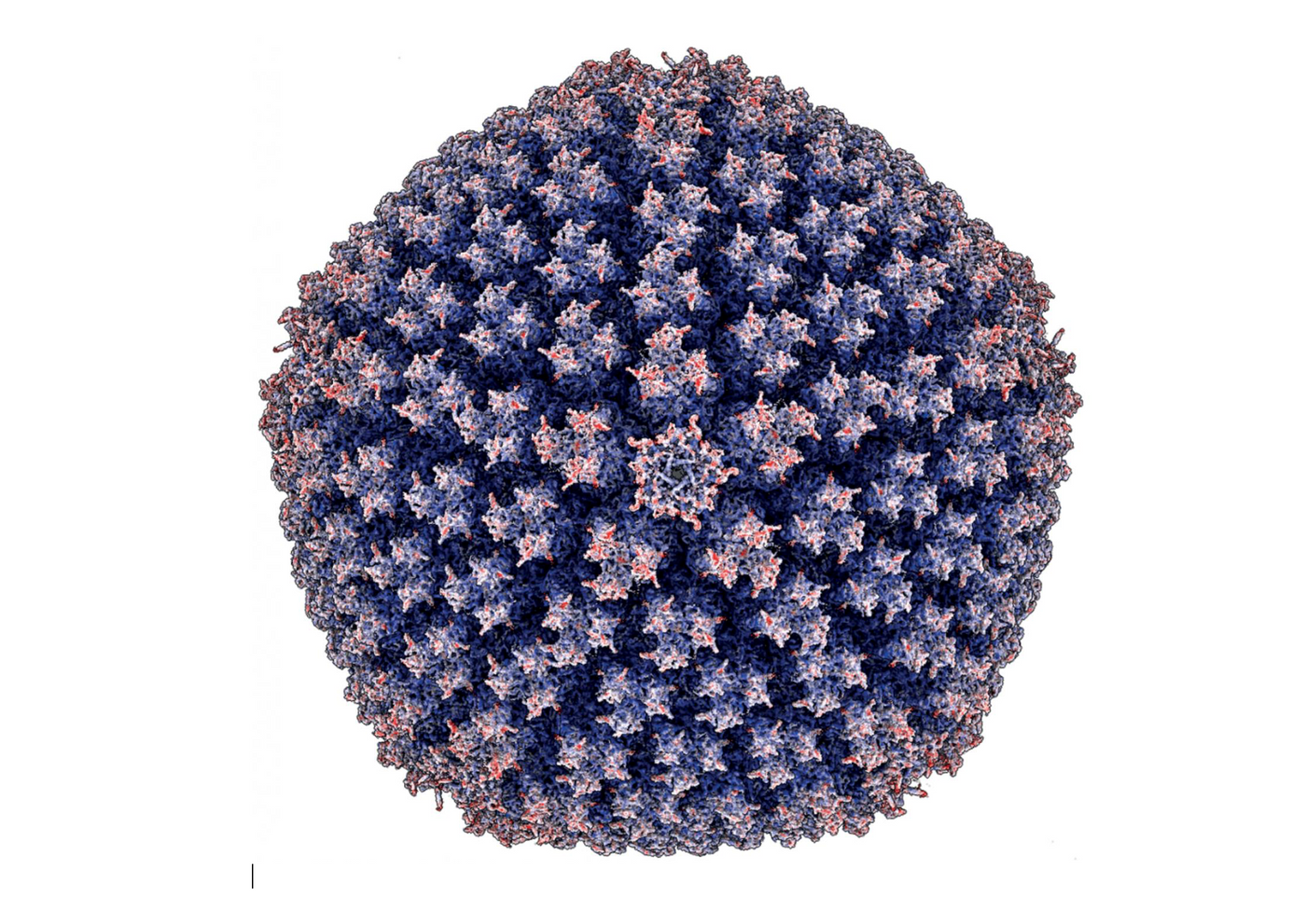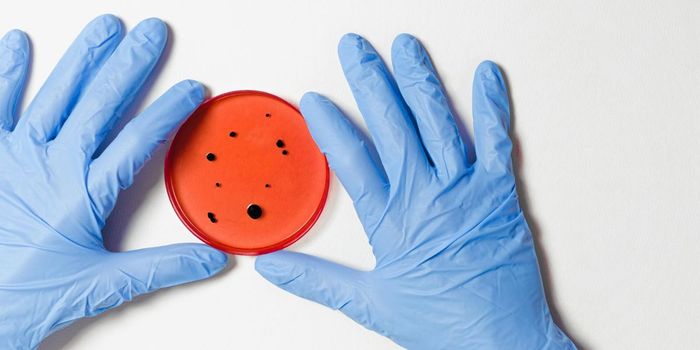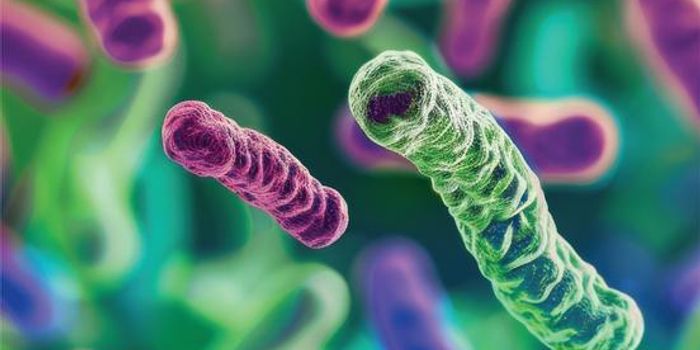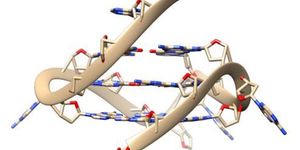Enterovirus Images May Pave the Way to Edible Vaccines
Most adenoviruses infect the respiratory system. But there are variants of these viruses that infect the gastrointestinal (GI) system. That means that these so-called enteric adenoviruses are able to migrate through the harsh, acidic environment of the stomach intact, and then go on to infect cells in the GI tract. Enteric adenoviruses are thought to be a major factor in infant diarrhea, and have been estimated to cause the deaths of over 50,000 children under age five every year, primarily in developing nations.
Researchers have now used cutting edge microscopy techniques to obtain accurate images of the molecular details of an enteric adenovirus, which is one of the more complex viruses that’s been studied in this way. They were able to collate the images to create a three-dimensional structural model of the virus at the atomic level. The work has been reported in Science Advances.
"The findings provide an increased understanding of how the virus gets through the stomach and intestinal system. Continued research can provide answers to whether this property can also be used to create vaccines that ride 'free rides' and thus be given in edible form instead of as syringes," said Lars-Anders Carlson, a researcher at Umeå University.
Viruses that we’ve familiar with tend to be simple constructs of genetic material inside a capsule. This work showed that the enteric adenovirus is encased in a shell made of six million atoms.
In this study, the scientists exposed the enteric adenovirus to pH values that were as low as those found in the stomach. They saw that the virus was able to maintain its structure under those conditions.
They also found that the proteins that compose the shell of the enteric adenovirus are different from respiratory adenoviruses, and the enteric adenovirus genome is packed into the shell in a different way.
These new details can help researchers learn more about how to prevent and treat enteric adenoviruses. But it may also be useful in the battle against other diseases. Since vaccines are often designed using modified versions of enteroviruses, it may one day be possible to use an enteric adenovirus in vaccine design, so that such a vaccine could be consumed like a tablet instead of injected.
"The hope is that you will be able to turn the ability that this unpleasant virus has to get to something that can instead be used as a tool to fight disease, perhaps even COVID-19. This is a step in the right direction, but it is still a long way off," noted Carlson.
Sources: AAAS/Eurekalert! via Umeå University, Science Advances









